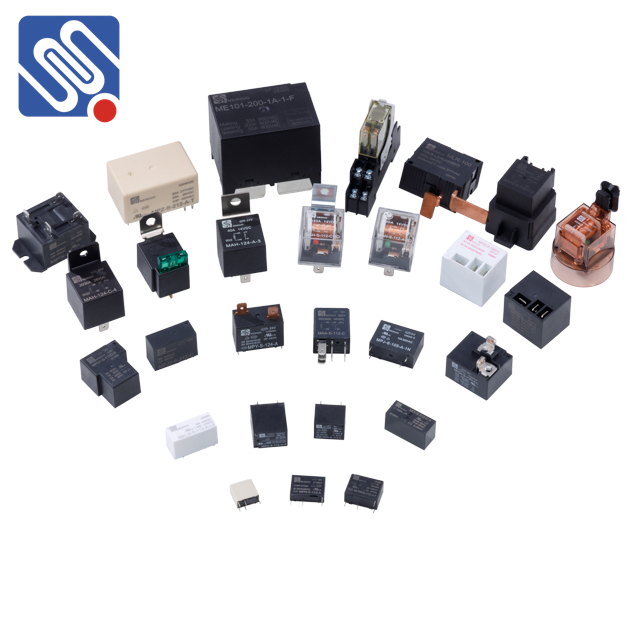understanding relay types and the role of meishuo in relay technology
Release time:2025-05-08 01:45:38
Relays are essential components in the world of electrical engineering and automation. They play a crucial role in controlling electrical circuits by using an electromagnet to open or close a set of contacts. There are various types of relays, each serving specific purposes depending on the application. In this article, we will explore the different types of relays and highlight the role of Meishuo in advancing relay technology.

Types of Relays
Electromechanical Relays (EMR)
Electromechanical relays are the most common type and consist of a coil, armature, and a set of contacts. When current flows through the coil, it creates a magnetic field that moves the armature, opening or closing the contacts. These relays are widely used in power control, protection systems, and automation applications. Although they are reliable, their mechanical parts can wear out over time, limiting their lifespan.
Solid-State Relays (SSR)
Unlike electromechanical relays, solid-state relays do not have any moving parts. Instead, they use semiconductor components like thyristors or triacs to switch electrical circuits. Solid-state relays are known for their faster response times, longer lifespan, and reduced power consumption compared to their mechanical counterparts. They are commonly used in industrial applications where high reliability and quick switching are required, such as in temperature control systems and motor drives.


